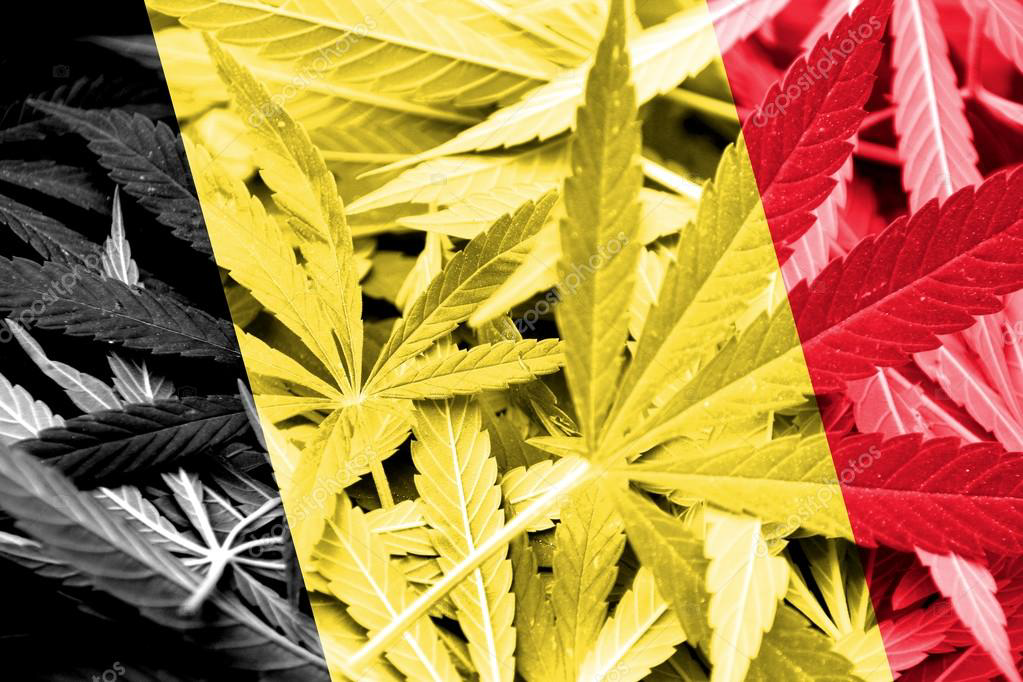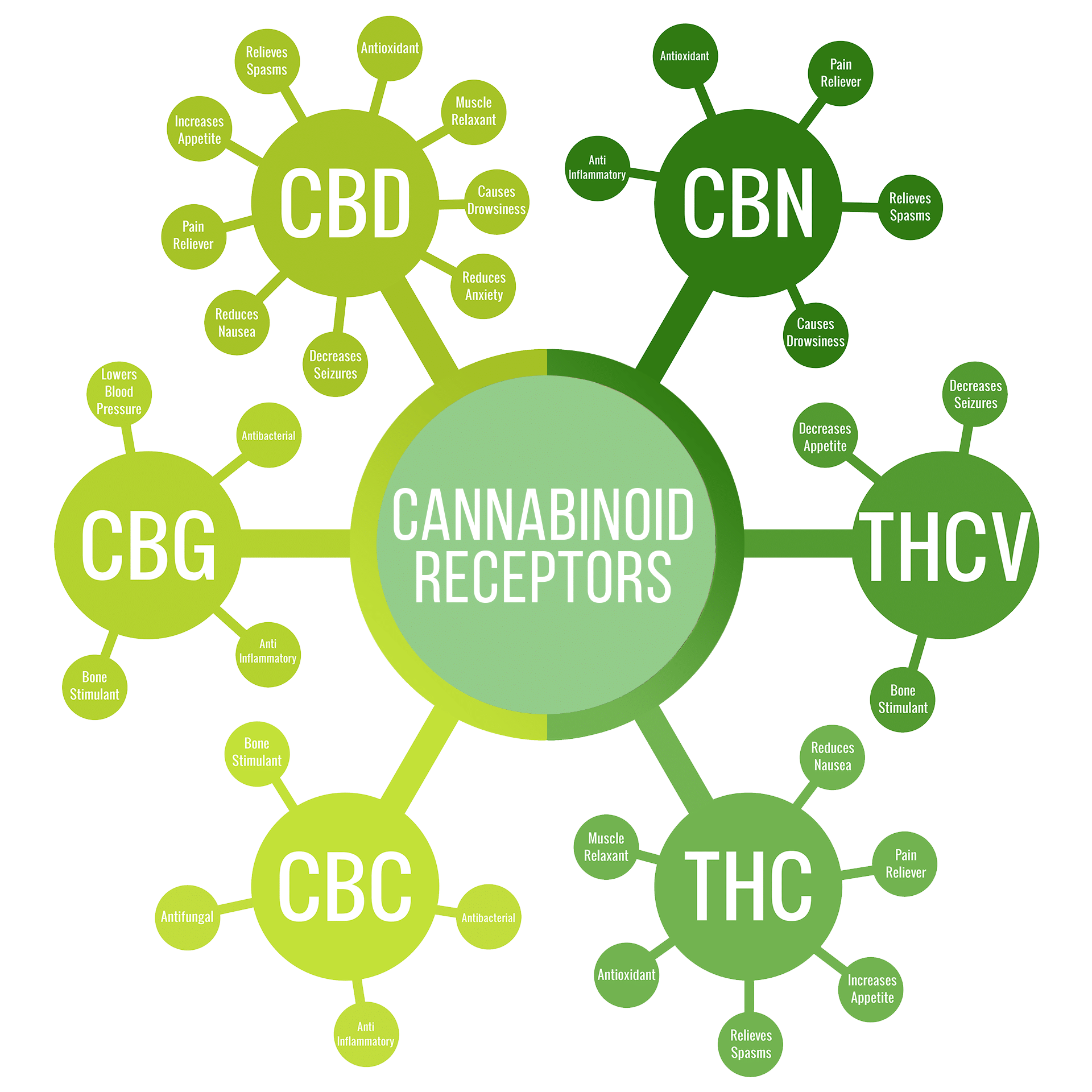
Cannabis in Belgium
Cannabis is one of the most widely used illicit substances in Belgium. According to a 2018 survey, 16.8% of Belgians aged 15 to 64 years had used cannabis at least once in their lifetime, and 8.2% had used it in the past year. Despite its widespread use, cannabis is illegal in Belgium, and possession, cultivation, and distribution are criminal offenses. However, there is growing interest in legalizing cannabis in Belgium to address the negative consequences of prohibition and improve public health.
Current status of cannabis in Belgium
Belgium has a strict prohibitionist approach to cannabis, with possession or use of any amount of the drug punishable by imprisonment or fines. However, the government has implemented a policy of depenalization, which means that possession of small amounts of cannabis for personal use is not prosecuted. The sale, cultivation, and distribution of cannabis remain illegal, and the country has one of the highest rates of cannabis seizures in Europe.
Legalizing cannabis: Benefits and challenges
Legalizing cannabis could have several benefits for public health and society in general. It could reduce the harms associated with prohibition, such as the criminalization of users and the lack of quality control in the black market. It could also generate revenue for the government through taxes and create jobs in the legal cannabis industry. However, there are also challenges to legalization, such as the potential increase in cannabis use among youth, the need for regulations to ensure safety and quality, and the challenge of balancing public health and economic interests.
Building networks for public health
Legalizing cannabis requires a collaborative effort between various stakeholders, including government agencies, healthcare providers, and cannabis industry representatives. Building networks and trust among these stakeholders is essential for creating a regulatory framework that prioritizes public health and safety. This can be achieved through open communication, data sharing, and stakeholder engagement in policy development.
Trust in cannabis regulation
Trust in the regulatory framework for legal cannabis is crucial for ensuring compliance and minimizing harm. This can be achieved through transparent and evidence-based regulations, regular monitoring and evaluation, and public education campaigns that promote responsible use. Trust can also be enhanced by involving stakeholders in the regulatory process and providing them with opportunities for input and feedback.
Harm reduction strategies
Harm reduction strategies are essential for minimizing the negative consequences of cannabis use, both for individual users and for society as a whole. These strategies can include measures such as age restrictions, product labeling and testing, health warnings, and limits on potency. They can also include prevention and treatment programs for cannabis use disorders and co-occurring mental health conditions.
Cannabis use and mental health
Cannabis use has been linked to a range of mental health issues, including anxiety, depression, and psychosis. Legalizing cannabis presents an opportunity to implement policies that reduce the risk of these negative outcomes. These policies can include age restrictions, product labeling and testing, and public education campaigns that promote responsible use. They can also include prevention and treatment programs for cannabis use disorders and co-occurring mental health conditions.
Medical use of cannabis
Legalizing cannabis for medical use has been a topic of debate in Belgium for several years. While cannabis is not officially recognized as a medicine, there is growing evidence of its therapeutic benefits for conditions such as chronic pain, epilepsy, and multiple sclerosis. Legalizing medical cannabis could improve access to safe and effective treatments for patients who currently have limited options.
Cannabis and youth
Legalizing cannabis raises concerns about the potential impact on youth, who are particularly vulnerable to the negative consequences of drug use. To address these concerns, regulations for legal cannabis should include age restrictions, product labeling and testing, and public education campaigns that promote responsible use. Prevention and treatment programs for cannabis use disorders and co-occurring mental health conditions should also be available for youth.
The role of law enforcement in legalization
The legalization of cannabis requires a rethinking of the role of law enforcement in drug policy. Law enforcement agencies should shift their focus from criminalizing drug use to ensuring public safety and enforcing regulations. The legal cannabis industry should be subject to regular inspections and quality control measures to ensure compliance with regulations and prevent the illegal diversion of cannabis.
Economic implications of cannabis legalization
Legalizing cannabis has economic implications for the government and society as a whole. It could generate revenue through taxes and create jobs in the legal cannabis industry. However, these economic benefits must be balanced against the potential costs of legalization, such as increased healthcare costs and the social costs of drug use.
The way forward for Belgium
Legalizing cannabis in Belgium presents both benefits and challenges for public health and society. Building networks and trust among stakeholders, implementing harm reduction strategies, and prioritizing public health in regulations are essential for realizing the benefits of legalization while minimizing the negative consequences. With careful planning and collaboration, Belgium can develop a regulatory framework for legal cannabis that improves public health and safety for all.




















